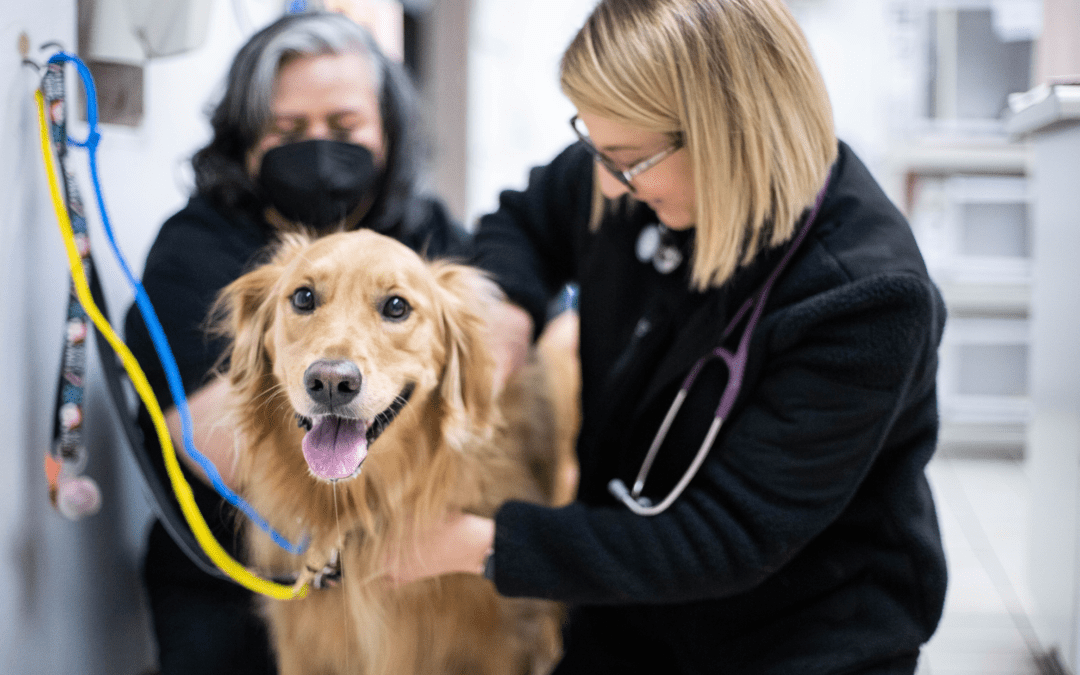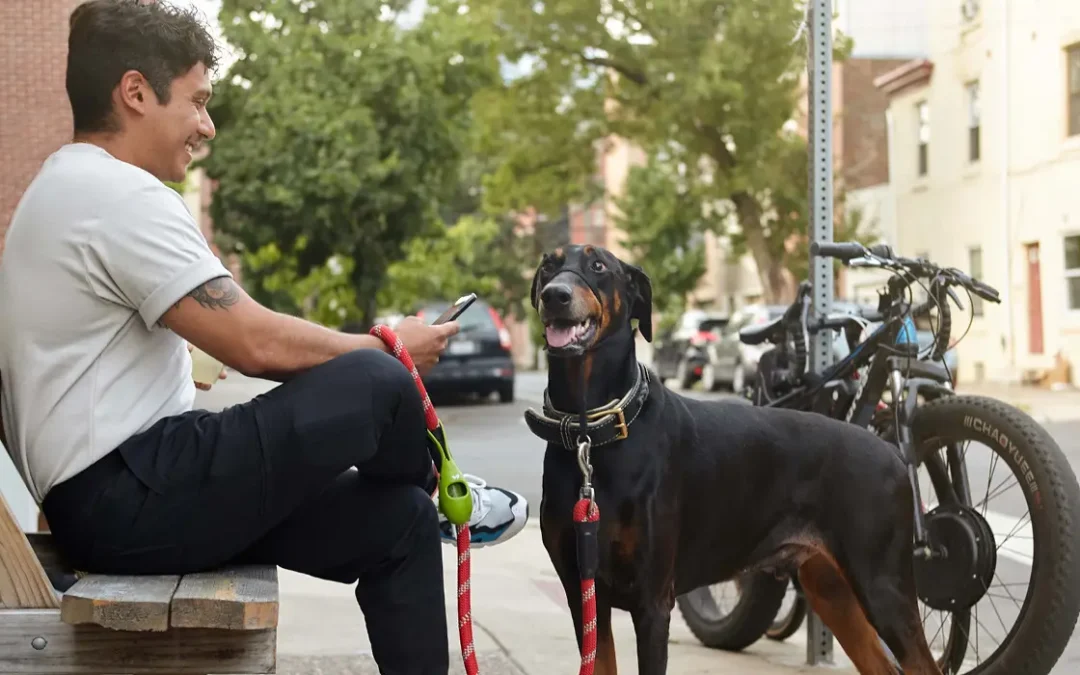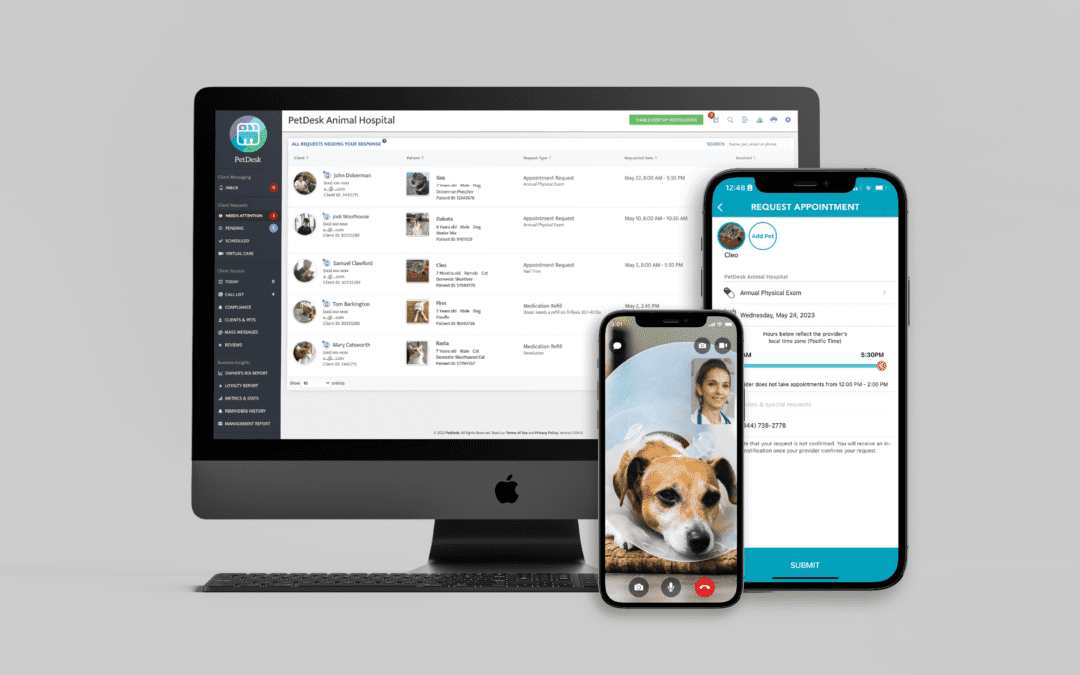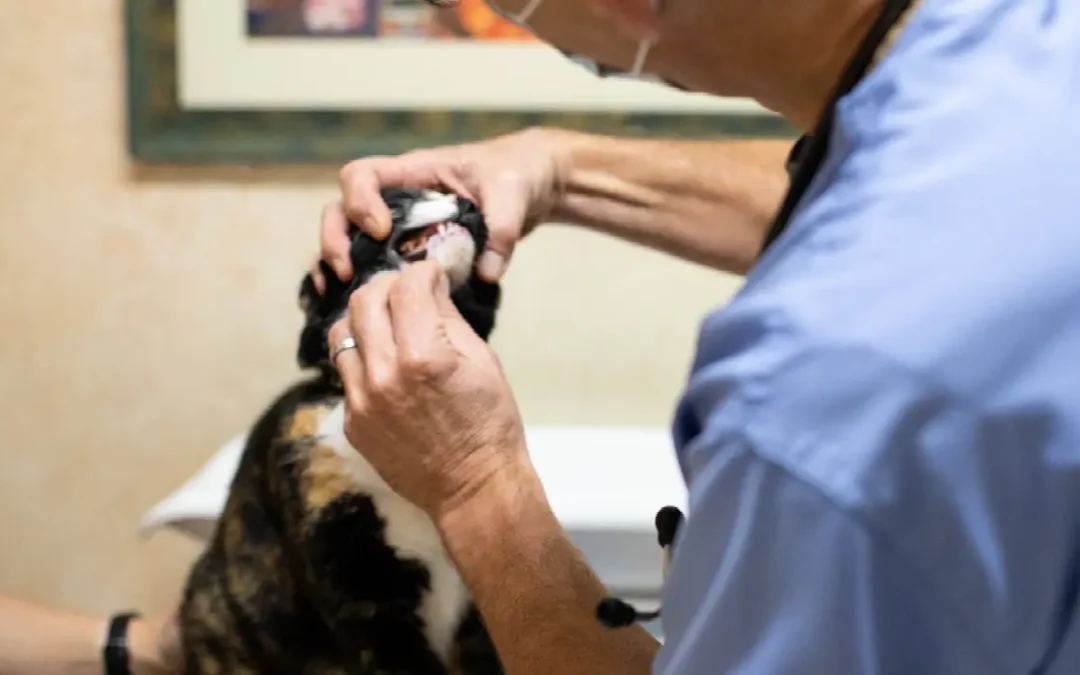Looking to reduce no-shows at your veterinary practice? According to the AAHA, one out of every ten to eleven appointments you have in a day will be missed. This could amount to 225 no-shows over the course of a year. What methods can you put in place right now to reduce no-show appointments? How can you inform a client that the time of your employees and veterinarians is precious and should not be taken advantage of?
Require Veterinary Appointment Deposits
Due to the increasing number of ‘no-shows,’ some veterinary practices are now implementing appointment deposit requirements or charging a ‘no-show’ fee.
Consider policies to make sure you’re only applying these types of fees to applicable clients. For example, consider a “no-show” fee after the second or third missed appointment. Or, require deposits for new clients only. With PetDesk Pay, you can utilize Text2Pay and Deposit Solicitation to collect appointment deposits from new clients.
Keep in mind that deposit requirements may upset some of your current or prospective clients. They may approach your practice with the question, “Why am I paying at all before receiving any type of services?
Deposit and no-show protocols must be clearly communicated to current and prospective clients, preferably in several ways and in a manner that pet owners must acknowledge. There are many advantages of clear communication. Not only would it be more difficult for a client to dispute the fee, but it can also deter clients from not showing up in the first place.
Of course, new clients should be informed of the policy before they make an appointment, but it should also be posted on the practice website and emailed to the pet owner as soon as the appointment is made and the deposit is paid. Utilize PetDesk’s Custom Website Platform (powered by WhiskerCloud) to ensure your clients, both new and current, are up-to-date on your policies. The policy should be sent to each active client or included in digital correspondence, and the no-show charge should be communicated in the same manner.
Automated Veterinary Appointment Reminders and Confirmations
Whether or not a deposit is required or a no-show fee is charged, most veterinary practices have increased the number and types of appointment reminders and confirmations that a pet owner receives.
In general, the most effective practices for minimizing no-shows are to confirm an appointment electronically as soon as possible after it is made, and then after it’s made, and then stay in touch via targeted messaging or by two-way text after scheduling. Then, remind them of the appointment details a couple of days ahead. A system that allows clients to confirm “yes” or “no” after receiving the final reminder could improve the probability of them showing up.
With PetDesk, practices can remind clients through channels of their choice, all from one dashboard that syncs with your PIMS. Automated reminders are sent two days prior to their appointment and can be sent via email, push notifications for app users, and text. For your less tech-savvy clients, postcard reminders are available. When reminded through digital channels, appointments are added to personal calendars and even include a link or button to confirm they are coming or cancel. Prepare your clients for their appointments with customized messaging and reduce your no-shows, all without picking up the phone.
Ready to book a demo?
Get a tailored recommendation and overview of PetDesk’s
veterinary client communication software.
Offer Veterinary Digital Forms Before Appointments
Before an appointment is confirmed, some practices require pet owners to complete online paperwork. Implementing digital forms prior to appointments can be a strategic move to minimize no-shows. Incorporating digital forms allows pet owners to provide staff with important and essential information from the comfort and convenience of their homes.
With PetDesk Forms, you can simplify your processes and streamline your workflow. Minimize time for both staff and pet owners before the appointment by sending user-friendly, branded forms directly from the dashboard to your client’s devices. Clients love the convenience of filling out forms online, and your front desk staff can focus on delivering exceptional client experiences instead of dealing with manual paperwork.
The “I Forgot” No Shows
Many clients don’t show because they forgot about their appointment. Leveraging technology can be key here. Send appointment confirmations and reminders to ensure your clients are aware, at several points in time, of their upcoming appointments.
You can email, text, or send reminders through an app or email. PetDesk utilizes:
- Emails optimized for both mobile and desktop
- Text messages sent to cell numbers we find for you
- Push notifications that integrate with client calendars
- Postcards mailed to physical addresses
PetDesk uses information stored in your Practice Management Software to send digital reminders, then generates follow-up postcards to send via regular mail if there’s no client response, helping prevent the “I forgot” no-show syndrome.
You can also use confirmation notifications to set expectations for your operations at your veterinary facility. Let clients know if you are continuing curbside appointments and what to expect once they arrive at your practice.
While it’s difficult to eliminate no-shows completely, PetDesk consumers who use automated veterinary alerts and confirmations have seen a 38 percent reduction in no-shows and have spent less time on the phone confirming appointments.
Get Your Veterinary Staff Onboard
It’s critical that you have all of your staff onboard with your policies. Of course, a no-show means the team may be able to take a much-needed break from the busy clinic operations. But, if your staff is in serious need of a break and are happy about a no-show, you may need a staff meeting to align around your practice’s scheduling goals.
It’s also important to let your staff know if any of your policies will be changing in regard to no-show appointments. If you decide to implement some type of deposit or fee, it’s critical your entire staff understand the policy so they can answer questions efficiently and consistently across the client base.
The Bottom Line
You can never ensure that any client who makes an appointment will show up, but by using the strategies outlined above, you will significantly minimize the number of “no-shows” at your veterinary practice.
Quick reminders, digital forms, prepaid deposits, and/or no-show fees can go a long way. The bottom line is to stop waiting for no-shows and start implementing steps to prevent them (as much as possible). The sooner you implement a plan, the sooner your practice will be on its way to higher client retention and less wasted time.
No-Shows at Your Veterinary Practice FAQs
Q. Why are veterinary practices experiencing an increase in no-show appointments?
A. Veterinary practices are currently facing a surge in new pet owners, largely due to the uptick in adoptions during the pandemic. With practices fully booked weeks in advance, the traditional definition of “shoppers” has evolved. Previously, shoppers would visit the practice with the lowest estimate, but now they prioritize the soonest appointment time, leading to an increase in missed appointments.
Q. How prevalent are no-show appointments in veterinary practices?
A. According to the AAHA, approximately one out of every ten to eleven appointments in a day is likely to be missed, amounting to a potential 225 no-shows over the course of a year. This highlights the need for proactive measures to address and reduce the frequency of missed appointments.
Q. What methods can be implemented to address the issue of no-show appointments?A. To counter the rise in no-shows, veterinary practices can consider implementing appointment deposit requirements or charging a ‘no-show’ fee. However, it is essential to communicate these policies clearly to both current and prospective clients to avoid misunderstandings and potential client dissatisfaction.
Q. How can veterinary practices effectively communicate deposit and no-show protocols?
A. Clear communication is vital to the success of deposit and no-show protocols. Practices should inform clients about these policies before the appointment, post them on the practice website, and email the details to the pet owner as soon as the appointment is made and the deposit is paid. Utilizing tools like PetDesk’s Custom Website Platform ensures clients are well-informed about practice policies.
Q. What role do automated reminders play in reducing no-show appointments?
A. Automated veterinary appointment reminders and confirmations play a crucial role in minimizing no-shows. Practices can use platforms like PetDesk to send reminders through various channels, such as email, push notifications, and text messages. These reminders help clients stay informed about their appointments and can include options to confirm or cancel, thereby improving the likelihood of attendance.
Q. How can digital forms help reduce no-show appointments?
A. Implementing digital forms before veterinary appointments is a strategic move to minimize no-shows. Pet owners can conveniently provide essential information from home, streamlining the check-in process and ensuring that the veterinary team has the necessary details in advance. PetDesk Forms simplifies this process, offering user-friendly, branded forms directly to clients’ devices.
Q. Why is it important to get the entire veterinary staff onboard with no-show policies?
A. For effective implementation of no-show policies, it is crucial to have the entire veterinary staff onboard. Staff awareness and alignment are essential, especially if policies are changing. A well-informed staff can efficiently address client queries and contribute to the overall success of the no-show reduction strategies outlined by the practice.
Are You Ready To Say Goodbye to No-Shows and Lost Revenue with PetDesk?
Leverage automated reminders, appointment requests, two-way messaging, payments, and more through our mobile app to boost patient compliance and staff satisfaction.






